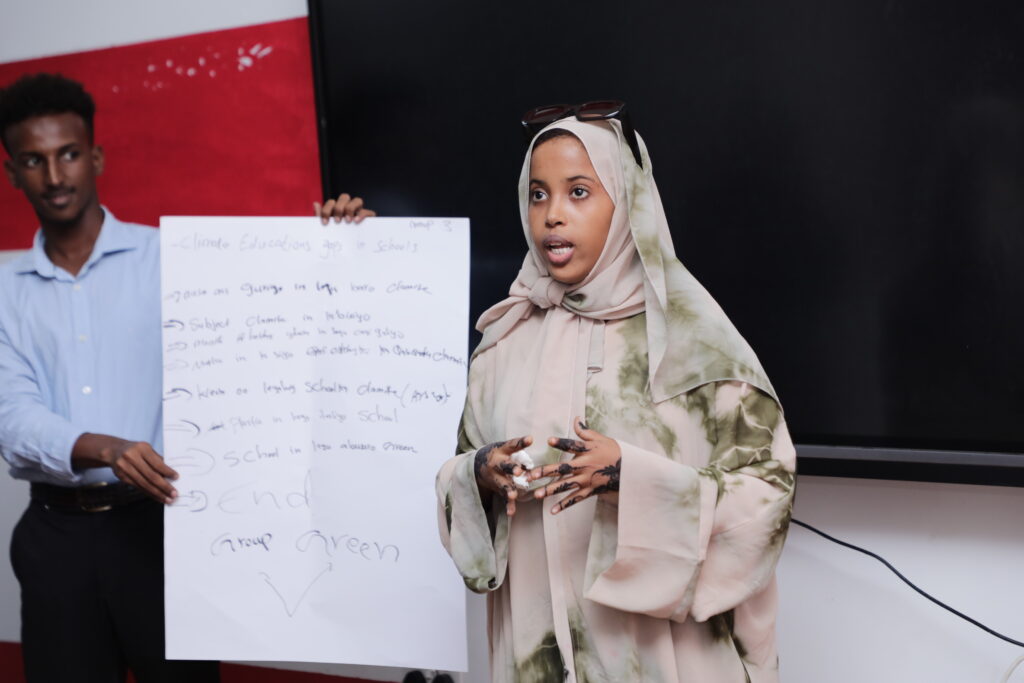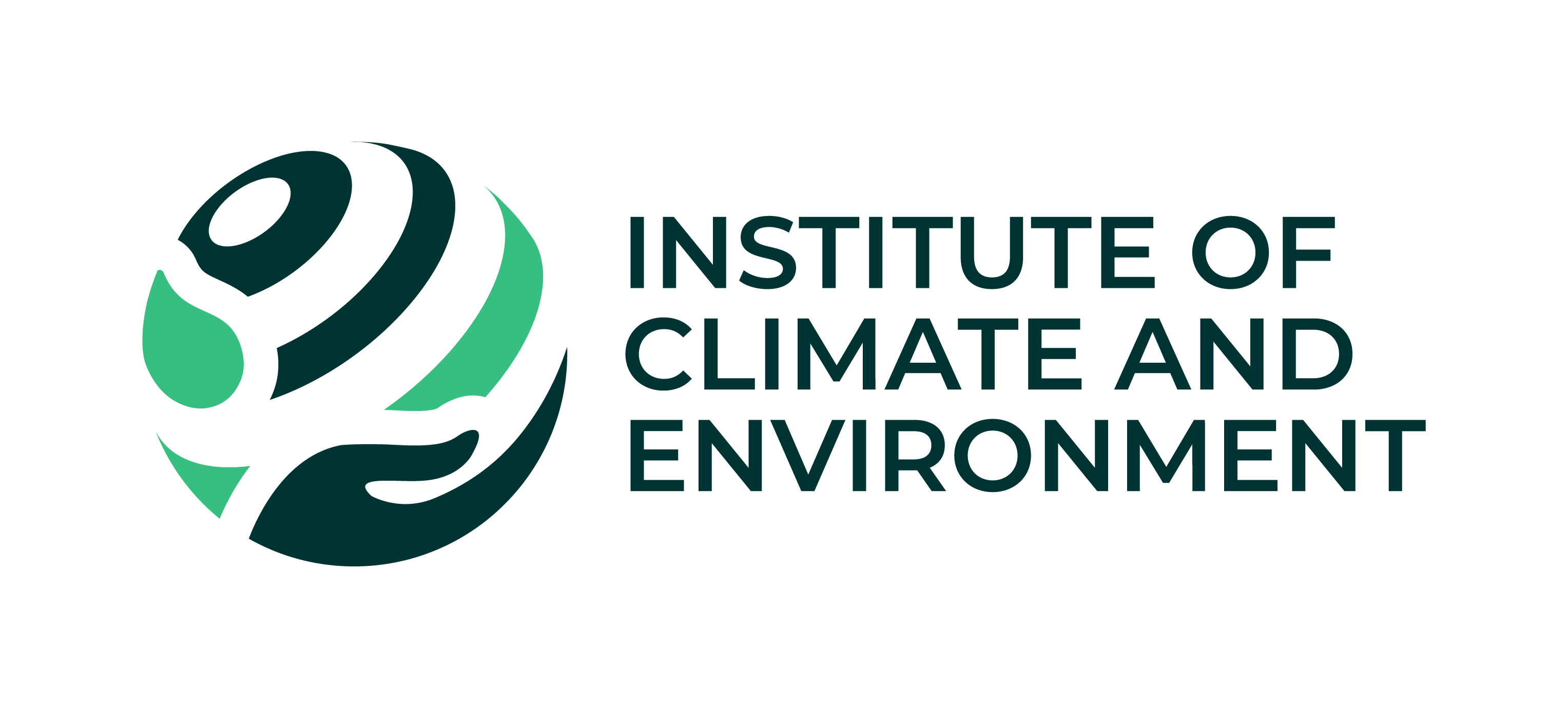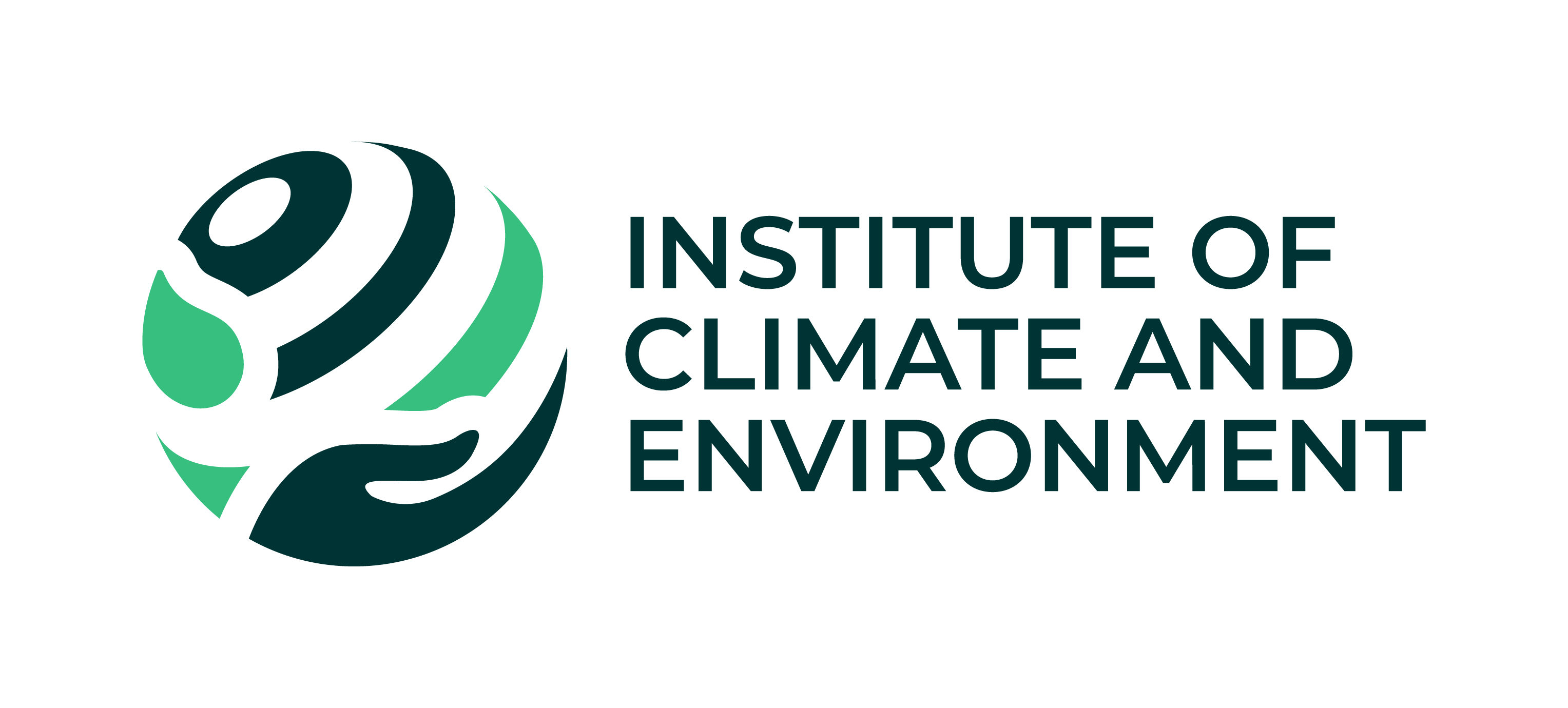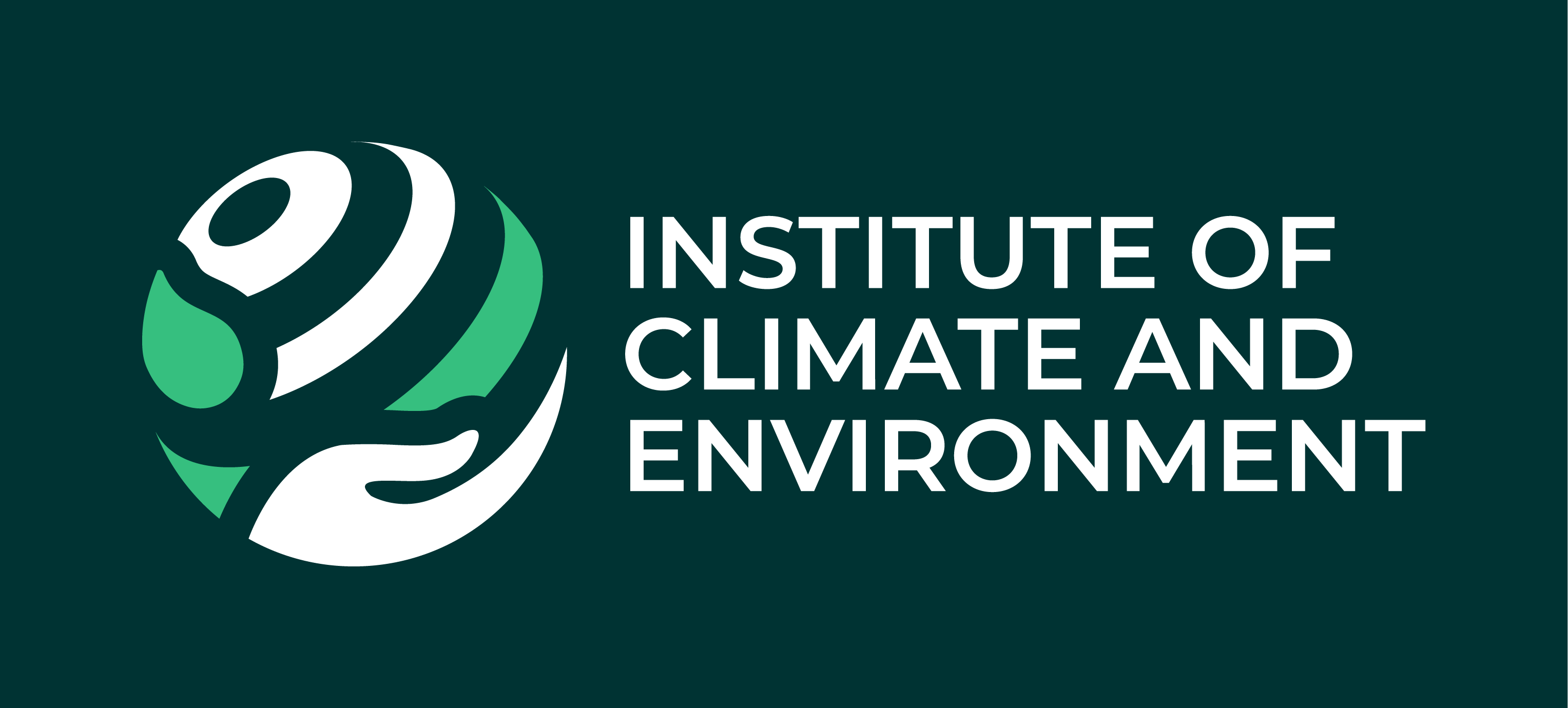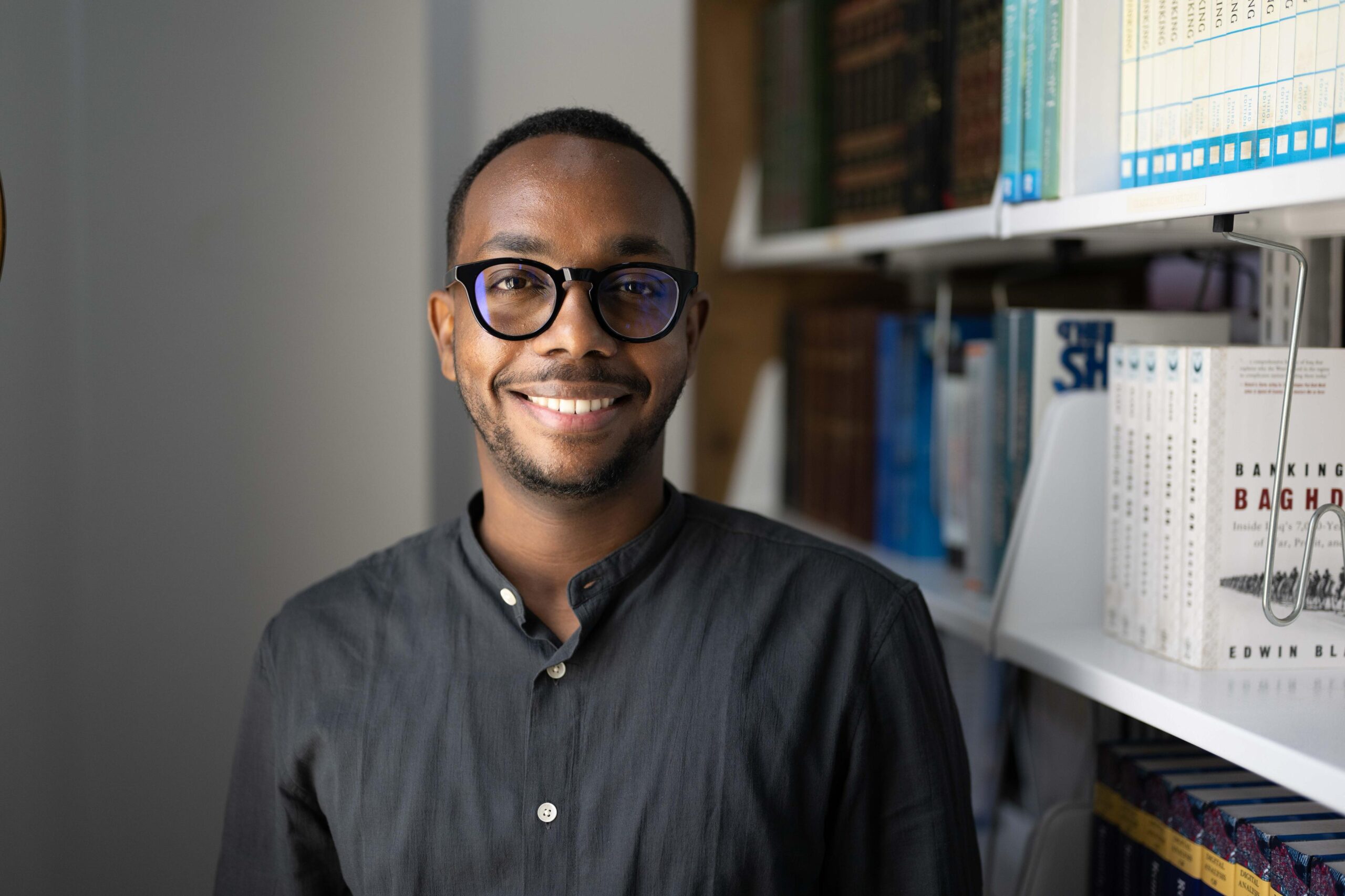
World Environment Day 2025: “Ending Plastic Pollution
On 1st June 2025, the Institute of Climate and Environment (ICE) at SIMAD University, in collaboration with Oxfam Somalia, organized a vibrant and meaningful event to mark World Environment Day 2025. Held at SIMAD University’s Town Campus, the gathering brought together over 40 participants, including environmental activists, students from various universities, youth leaders, and members of civil society organizations.
This year’s theme, “Ending Plastic Pollution”, addressed one of the most urgent environmental issues facing the planet. The event aimed to increase awareness and understanding of the impacts of plastic waste, climate change, and biodiversity loss, particularly in the Somali context.
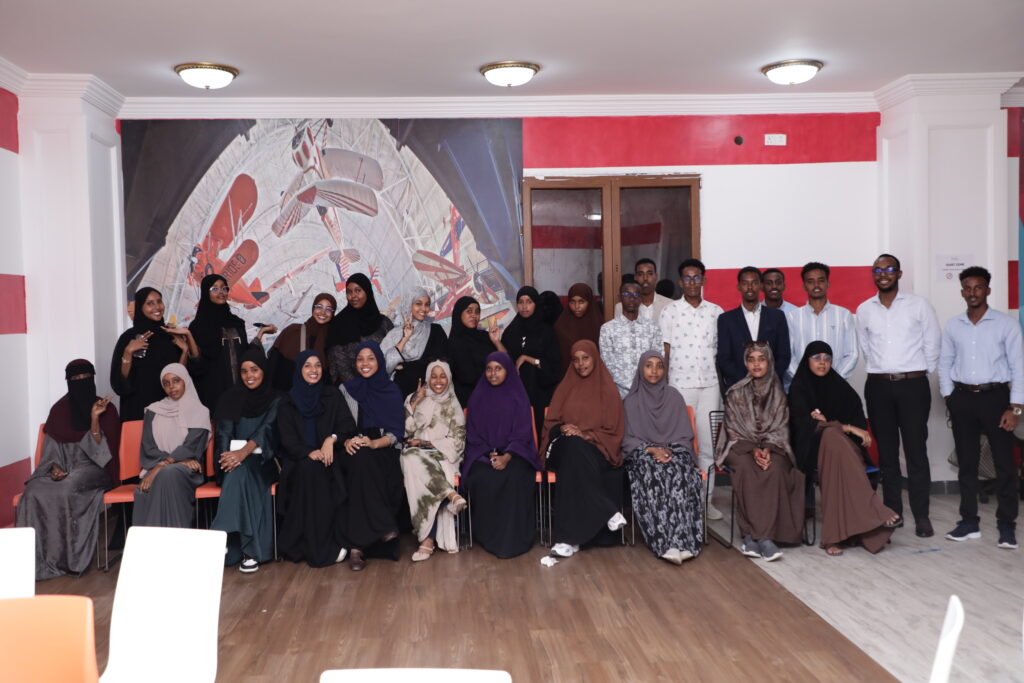
2. Programme Highlights
The event commenced with participant registration and a Quran recitation by Green Champion Muhsin Ahmed.
Opening remarks were delivered by Mohamed Okash, Director of the ICE Institute, who highlighted the importance of local environmental action and youth involvement in climate justice efforts.
A short video screening in Somali focused on the dangers of plastic pollution and its effects on communities and ecosystems in Somalia.
Liban Hassan, a climate expert from ICE, delivered an insightful PowerPoint presentation covering the sources, consequences, and solutions to plastic pollution.
Participants then broke into four facilitated discussion groups, where they explored community-based solutions and strategies for raising awareness and reducing plastic use. Each group later presented their reflections and proposals to the wider audience.
Ms. Malika, an arts instructor, conducted a live painting session during the event, creatively illustrating the theme of plastic pollution and its effects on nature.
The event concluded with remarks and a call to action, followed by a group photo and networking session.
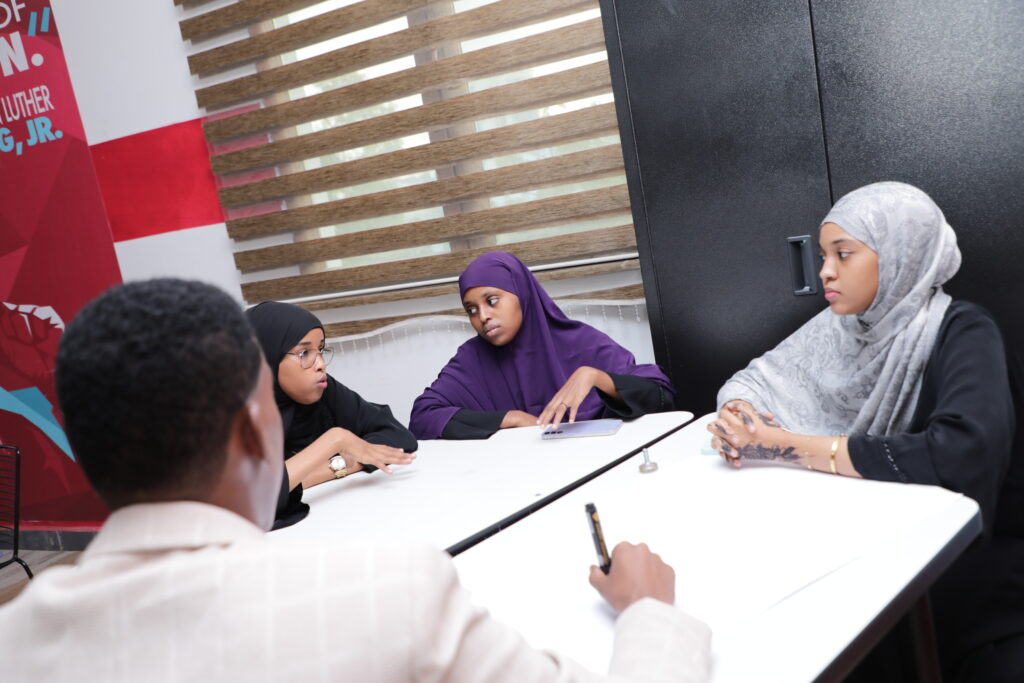
3. Outcomes and Reflections
The event successfully deepened participants’ understanding of how plastic pollution contributes to environmental degradation and biodiversity loss in Somalia. Through expert presentations and locally relevant visual materials, attendees were able to grasp the urgent need for action and the link between environmental issues and community well-being.
Youth participants expressed renewed motivation to engage in environmental campaigns and lead local clean-up initiatives, inspired by the discussions and real-life examples shared during the program. This enthusiasm reflected a growing sense of responsibility among young people to take part in shaping a more sustainable future.
Additionally, the event fostered stronger collaboration among students, NGOs, and environmental institutions. The shared learning environment allowed for new connections and opened avenues for future joint initiatives focused on sustainability and community resilience.
The integration of art, particularly the live painting session, was widely appreciated for offering an innovative and engaging way to communicate complex environmental messages. It added an emotional and creative layer to the discussions, helping to visualize the impacts of plastic waste and the importance of protecting nature.
Finally, the group discussions empowered participants to think critically about the issues and propose actionable solutions. Each group’s reflections demonstrated a clear commitment to community engagement, practical environmental stewardship, and peer-to-peer learning, reinforcing the importance of dialogue and collaboration in driving local climate action.
4. Conclusion
World Environment Day 2025 at SIMAD University succeeded in raising awareness and inspiring action against plastic pollution. By combining education, creativity, and dialogue, the event contributed to building a more informed and proactive community committed to climate justice and environmental sustainability. Events like this demonstrate that youth-led, collaborative efforts are key to addressing the environmental challenges facing Somalia and the world.
